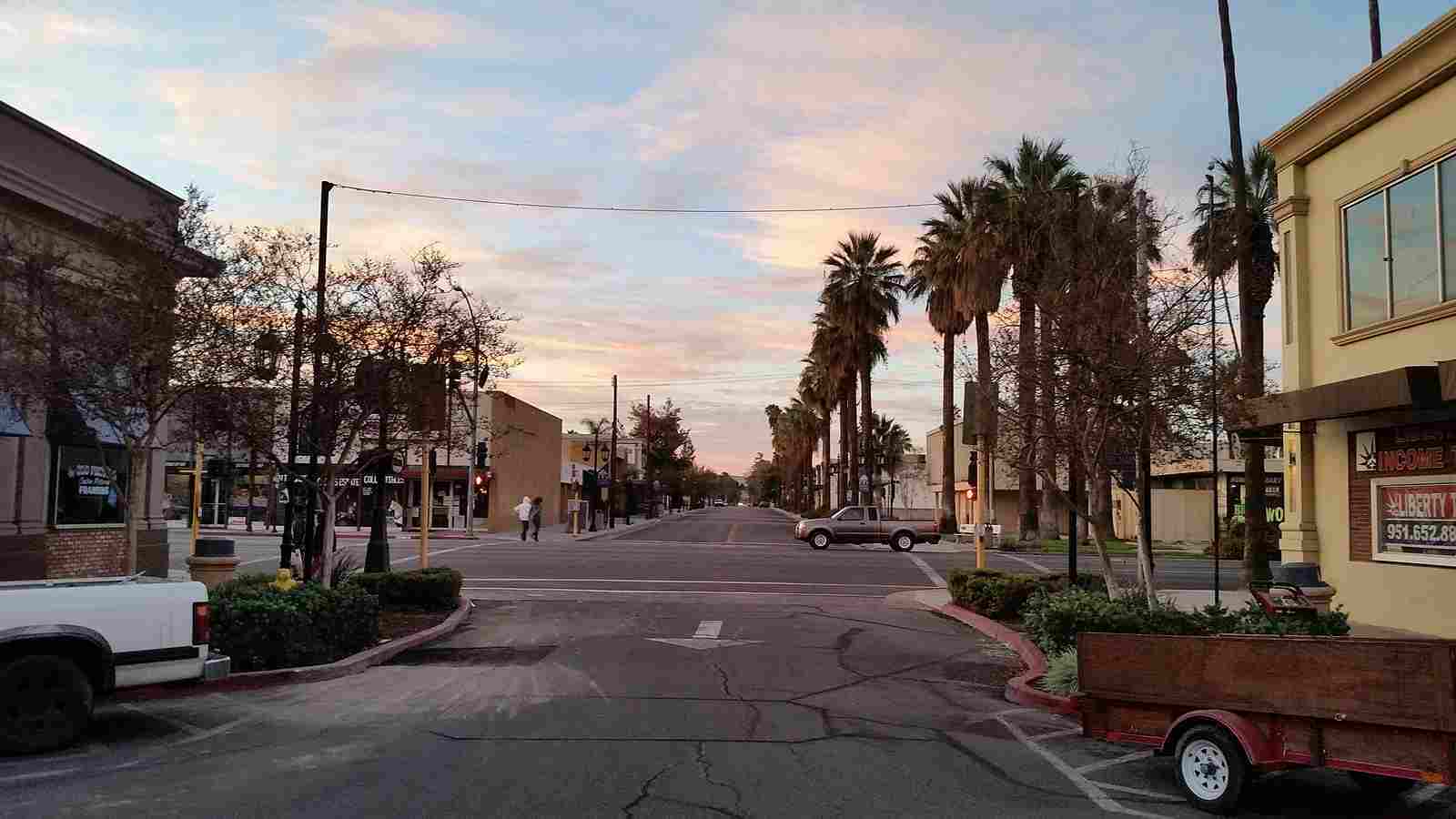The Housing Crisis Has Become a Homelessness Crisis
By Polco on November 25, 2025

Why November’s Homelessness Awareness Month Matters More Than Ever
Communities across the nation continue to struggle with rising housing costs and the consequences are becoming increasingly visible. What started as an affordability challenge has grown into one of the most urgent public conditions today: homelessness.
How We Got Here
America’s post-WWII development favored low-density housing and reliance on cars. For decades, housing was viewed as an investment vehicle rather than a basic need, driving up prices and reducing access.

Today, the average U.S. home price has nearly doubled in the past decade, approaching $400,000. Wages have not kept pace, and renters have even fewer pathways into stable housing. As prices climb, more residents risk falling into homelessness.
What’s Fueling the Affordability Debate?
- Rising housing costs - Prices far outpacing wage growth; more cost-burdened households
- Housing shortages - Limited supply increases displacement risk
- Financialization & Speculation in Housing - Investor purchases reduce ownership access; homes treated as assets vs. shelter
- Growth of Short-Term Rentals - Removes long-term rentals from local markets; reduces workforce housing
- Zoning & Land Use Constraints - Limits “missing middle” housing and infill development
- NIMBY Opposition - Slows multifamily approvals and Housing First initiatives
More Households Are Struggling
Housing costs now exceed six times the median income in many markets and many American residents are housing burdened (spend more than 30% of their income on housing). This is particularly concerning for renters. When renters are stretched beyond their limit, families can become one financial emergency away from losing their home.

Residents See the Crisis Clearly
Polco’s National Community Survey (The NCS), powered by more than 500 benchmark communities, reveals major concerns:
- Only 4 in 10 rate their community positively for a variety of housing options
- Just 2 in 10 say affordable quality housing is available

This widespread sentiment transcends geography and politics: communities believe we are not providing enough housing, and they are asking local leaders to respond.
Homelessness Has Reached Every Corner of the Country
Homelessness is not confined to major coastal cities. Communities in the Midwest, Mountain West, and the South are also facing steep increases. Even states with lower overall population counts are experiencing rising rates of unsheltered people. This is a clear signal that this crisis now spans every type of place: urban centers, small towns, and rural communities alike.

The Hard Choices We Must Confront
Stopping homelessness requires increasing access to housing and that means making difficult decisions that often provoke local tension.
Communities must grapple with questions like:
- Where should multifamily housing be located — especially when single-family neighborhoods push back?
- Can we support infill redevelopment and “missing-middle” homes without disrupting community character?
- Should we allow or incentivize Accessory Dwelling Units (ADUs) — and how do we ensure they support affordability rather than speculation?
- How should we regulate the explosion of short-term rentals (Airbnb/VRBO) when they reduce long-term housing supply and can accelerate displacement?
- Can we invest in Housing First strategies — even when residents raise concerns about safety or stigma?
- Who gets to decide what change is acceptable, and how do we balance neighborhood preferences with community-wide needs?
Each of these decisions taps into deeper fears about change, identity, and equity. Even well-intentioned proposals run into NIMBYism (Not In My Backyard), a major barrier slowing down solutions. The result is polarization, neighbors fighting neighbors, while homelessness continues to grow.
To move forward, local governments must create spaces for honest dialogue, supported by clear data, so communities can choose progress together.
What Local Governments Are Trying
Communities across the country are testing new and emerging solutions to increase housing supply.
- Modernize Zoning & Enable Infill - Allow more duplexes/missing-middle housing near jobs + transit.
- Manage Short-Term Rentals - License, cap, and tax STRs to protect long-term housing supply.
- Expand Accessory Dwelling Units (ADUs) - Approve backyard/garage units with simpler permits + lower costs.
- Housing First & Supportive Housing - Prioritize permanent housing with wraparound services.
- Preserve Affordable Homes - Protect existing units, prevent displacement, and rehab aging stock.
- Land Value Return (LVR) - Reinvest rising land value into affordable housing + infrastructure.
Clinical and social supports save lives but housing also helps to end homelessness. Communities are learning they need both.
Awareness that Leads to Action
Homelessness Awareness Month reminds us that behind every data point is a person. A family. A neighbor.
Solving this crisis requires:
- More safe, quality housing
- Better access to behavioral health services
- Stronger community trust and collaboration
- Data-driven decisions that ensure resources go where they matter most
Because preventing homelessness is far more effective and humane than addressing it after the fact, and everyone deserves a place to call home.
Learn how communities across the country are using Polco’s Budget Simulation tools to explore new housing policies, weigh tough trade-offs, and shape solutions that residents can support. When people understand the financial realities and see the options themselves, housing decisions become shared choices.
Popular posts
Sign-up for Updates
You May Also Like
These Related Stories

Gardena Gets Community Input on How To Reduce Homelessness

Denver Gives Residents $2 Million To Spend With Participatory Budgeting




